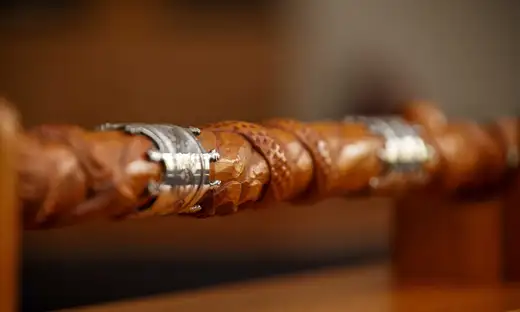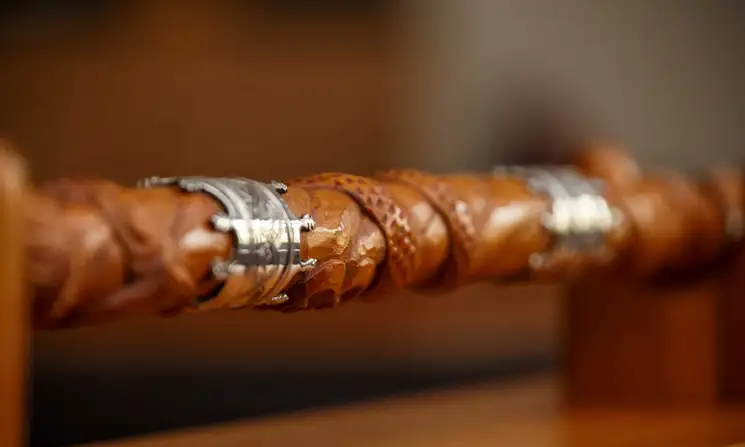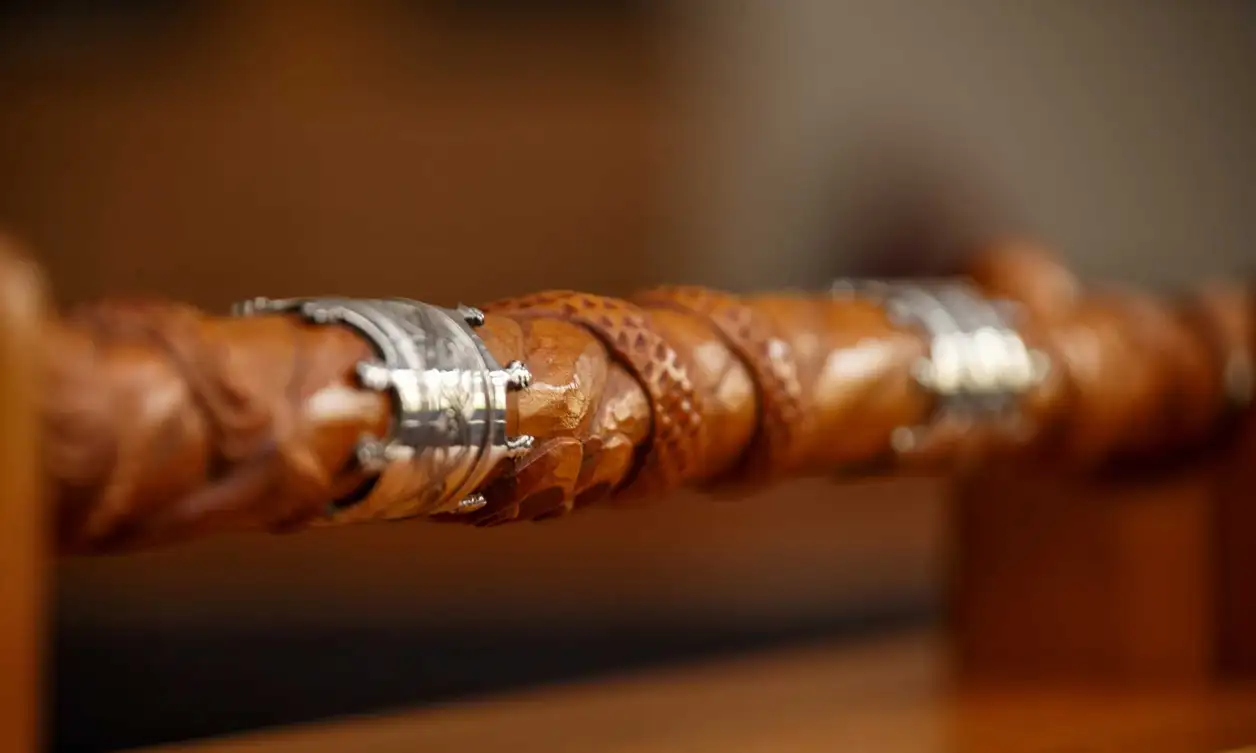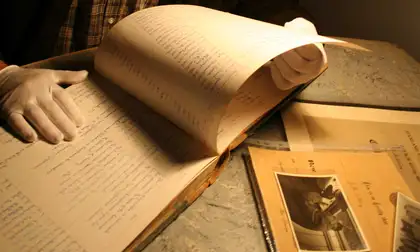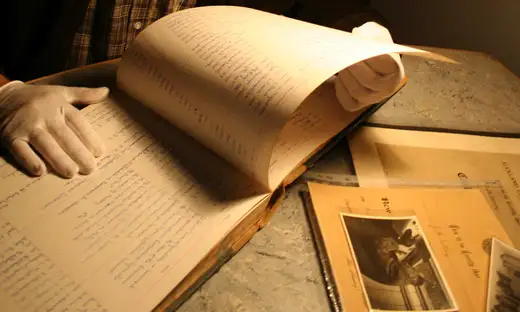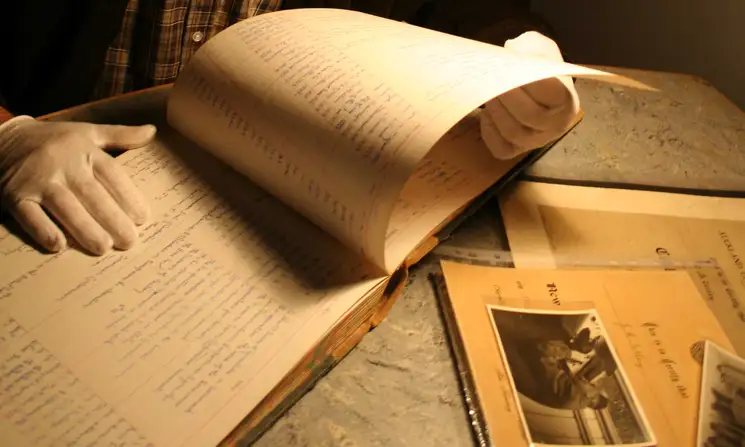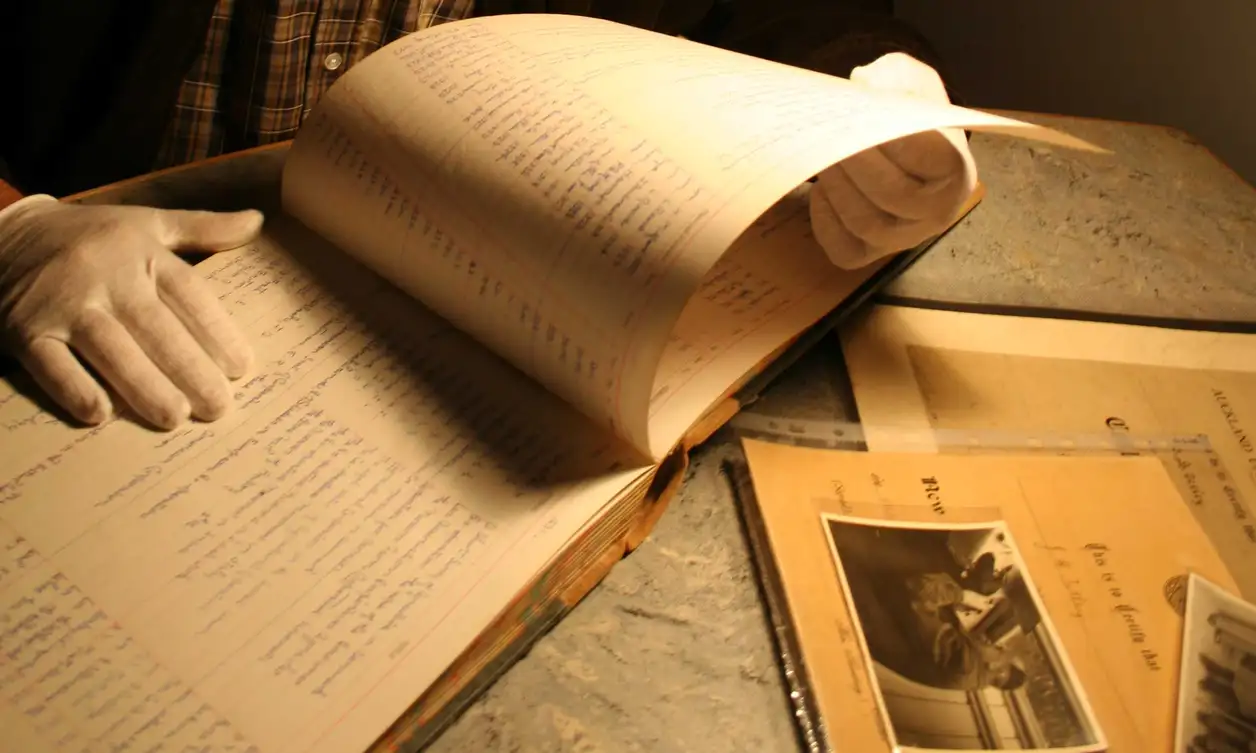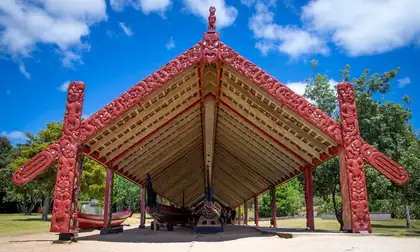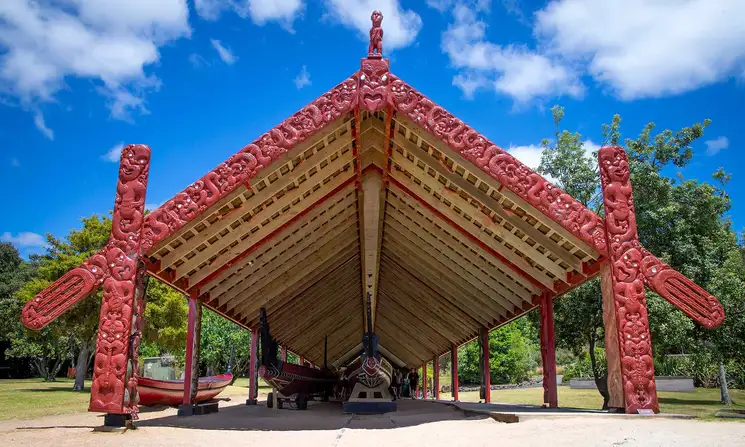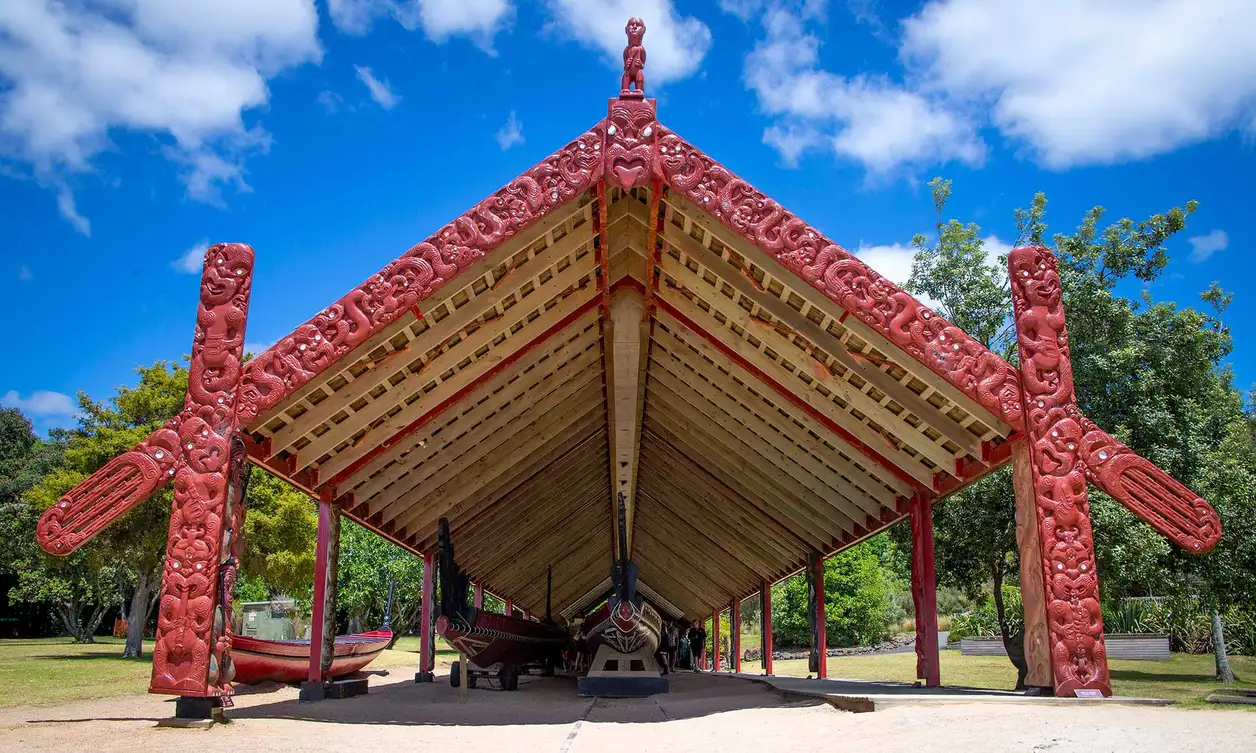The founding of an agricultural college
Springing from a need for better higher education in agriculture, politics shaped the course of events that eventually led to the founding of an agricultural college in the North Island of New Zealand. The process to establish such a college turned out to be long and strenuous and finally ended with the passing of the New Zealand Agricultural College Act in 1926.
Strong political support for an agricultural college
From 1879, strong political support existed for an agricultural college in the North Island of New Zealand. Sir George Grey (former Governor of New Zealand), the Farmers' Union, and George Hogben (Inspector-General of Education) were strong supporters of a college.
William Massey announces an agricultural college
Massey is named after former Prime Minister William Ferguson Massey. He announced the establishment of an agricultural college in the North Island as a priority in his inaugural speech in 1912.
Schools of agriculture combine to form Massey

Professor Geoffrey Peren and Professor William Riddet.
In 1923, Victoria University College in Wellington founded a Chair of Agriculture with money donated by Walter Buchanan. A year later, Auckland University College created a School of Agriculture.
In February 1926, Victoria University College and Auckland University Colleges relinquished their respective schools of agriculture. The schools combined under the New Zealand Agricultural College Act 1926. The College was renamed Massey Agricultural College in 1927 in honour of William Ferguson Massey.
Professor Geoffrey Peren, former Chair of Agriculture at Victoria University College, became the principal of the new agricultural college.
Professor William Riddet, former Chair of Agriculture at Auckland University College, was appointed to the chair in agriculture.
Timeline of the lead-up to Massey's foundation
1879
First proposal
The first of a series of unsuccessful requests was made to establish a major agricultural college in the North Island. The Royal Commission on University Education rejected a proposal by the Auckland Education Board for the establishment of a School of Agriculture in Auckland as it saw the establishment of a school of forestry at Lincoln, which was subsequently established in 1880, as more advisable.
1882
North Island College favoured
Sir George Grey declared himself in favour of an agricultural college for the north of the North Island because of its unique climate. In the years following several requests were made for establishing a school of agriculture in the North Island.
1886
Wellington School of Design established
The Wellington School of Design was opened on 13 April as New Zealand's first technical school. The School's main aim was to train teachers in drawing, but special classes in art subjects, and technical classes including mechanics and engineering, were also offered to fee-paying adults.
1891
School of Design renamed
The Wellington School of Design was renamed the Wellington Technical School to reflect the institutions' expanded curriculum.
1901
Farmers Union established
The nationwide Farmers Union was established, with James Wilson from the Bulls district as its first elected president. This added weight to the demand for an agricultural college in the North Island.
1905
Technical High School
The original Wellington School of Design was renamed the Wellington Technical College to reflect the institutions' widened scope after a technical high school was added to its existing programmes.
Palmerston North Dairy Schools Act
The Palmerston North Dairy Schools Act was also passed in this year. This act had a proviso that the land that was set aside for the school, would revert back to the Palmerston North Borough Council if the school was not established within a year. The school was not established and the land reverted back to the Borough.
1908
Agricultural Education Scheme
George Hogben, Inspector-General of Education, proposed a scheme of agricultural education in New Zealand. This included an institution in each island along the lines of which Massey was eventually set up in 1927.
1912
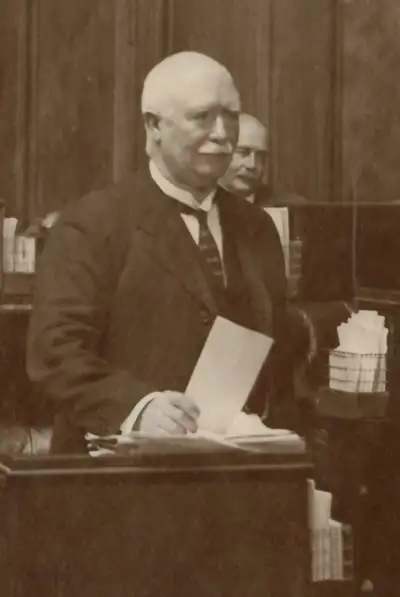
William Ferguson Massey.
Board of Agriculture and William Massey
William Ferguson Massey was elected as Prime Minister and in his first speech he prioritised the establishment of an agricultural college in the North Island. As a means to achieve this, the Board of Agriculture was set up a year later to investigate the establishment of a school of agriculture in the North Island.
1914
World War 1
The outbreak of the World War 1 interrupted the work of the Board of Agriculture and it only issued its first report in 1917. In it, the Board continued to press for the establishment of a higher agricultural institution.
1923
Bequest
Sir Walter Buchanan bequeathed £10,000 to Victoria University College in Wellington to found a Chair in Agriculture. A year later Professor Geoffrey S. Peren was appointed to the Walter Buchanan Chair in Agriculture. The University of New Zealand entered the debate about higher agricultural education and accepted the possibility of an institution of applied agricultural education being created under its control.
1924
School of Agriculture
In November, Auckland University College established a School of Agriculture using the Sir John Logan Campbell bequest to found a Chair in Agriculture. The following year Professor William Riddet was appointed to the Chair of Agriculture.
1926

Royal Commission
Acting on the recommendations of the Royal Commission's report on the Standard of University Education in New Zealand, in February Victoria and Auckland University Colleges agree to combine their Schools of Agriculture into one efficient School located in the Palmerston North-Marton area.
New Zealand Agricultural College Act
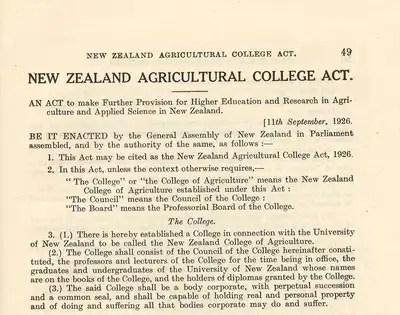
The New Zealand Agricultural College Act.
The New Zealand Agricultural College Act was passed (New Zealand Acts 1926, No.68) amalgamating the Victoria and Auckland Agricultural Schools to establish the New Zealand Agricultural College.
Tiritea Decision
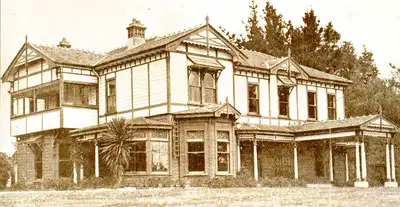
McHardy property Tiritea.

Batchelar Estate.
In a move to ensure that the College would be founded in their city, in October Palmerston North ratepayers agreed to the purchase of the P.A. McHardy property Tiritea, at Fitzherbert, by the city council as a gift to the College. A condition for the purchase was that the Government had to acquire the adjacent Batchelar Estate for the College. On 9 December the Government purchased the Batchelar Estate.

